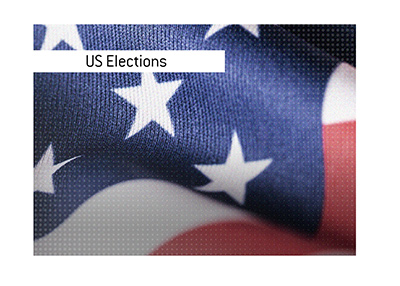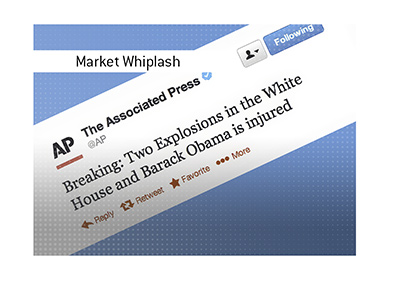Bush vs Gore, Kennedy vs Nixon Included on List
 With the next US Presidential election just around the corner, many people are suddenly interested in the results of previous US Presidential elections.
With the next US Presidential election just around the corner, many people are suddenly interested in the results of previous US Presidential elections. Many people want to know the biggest blowouts (the topic of a future article), while others are interested in the closest Presidential elections in the history of the country.
There have been some extremely close elections - some had very close popular votes but larger gaps when it came to the electoral college, while others had very narrow (and controversial) margins of victory in the electoral college.
Here are three of the closest Presidential elections in US history:
1. George W. Bush vs Al Gore (2000).
The recount in Florida. "Hanging chads". Unless you were born after the year 2000, you surely remember this Presidential election with great clarity.
Al Gore was looking to claim a third straight term for the Democrats in the White House, though a previously roaring economy was starting to falter, and this allowed George W. Bush and Dick Cheney to eventually claim the White House. In addition, President Clinton's personal scandals took the bloom off of the Democratic rose in 2000.
While Gore won the popular vote, George W. Bush would claim the Electoral College by a margin of 271-266.
This included Florida's crucial 25 electoral college votes. The margin of victory was small enough that a recount was initiated upon a ruling by the Florida Supreme Court.
On December 12th, 2000, the US Supreme Court effectively ended the recount and George W. Bush was declared the winner.
2. John F. Kennedy vs Richard Nixon (1960).
While the final Electoral College tally wasn't close (Kennedy would win by 84 votes), the popular vote was extremely close, with Kennedy winning by just 0.2%.
In fact, the results in 16 states were so close that Nixon wouldn't concede the election until the next day, which is an extremely unusual event in a US Presidential election.
John F. Kennedy seemed to have a comfortable lead in the polls when the Eastern time zones started reporting their results, though Nixon would catch up on the West Coast, and ultimately ended up losing by less than three percentage points in 11 different states.
While other elections were much closer in terms of the Electoral College, this election was notable as there were so many states that were decided by the narrowest of margins.
3. Rutherford Hayes vs Samuel Tilden (1876).
Along with the 2000 election, this was one of the most disputed Presidential elections in US history.
Democrat Samuel J. Tilden easily won the popular vote by a margin of 4,288,546 to 4,034,311, though Hayes was ultimately declared the winner thanks to a narrow 185-184 advantage in the electoral college.
After the first count, Tilden was looking to be the victor, though the results in four states - Oregon, Florida, Louisiana and South Carolina - were in dispute. Both parties claim to have won in Florida, Louisiana and South Carolina, and the votes for these three states were enough to swing the election in either direction.
The dispute spilled into 1877 and ultimately resulted in the "Compromise of 1877", which saw the Democrats concede the results of the election to the Republicans, in exchange for the Republicans withdrawing their federal troops from the South.
-
Other very close US Presidential elections included 2004 (George W. Bush narrowly beats John Kerry) and 1916 (Woodrow Wilson beats Charles Hughes by just 23 electoral votes).
Filed under: General Knowledge



